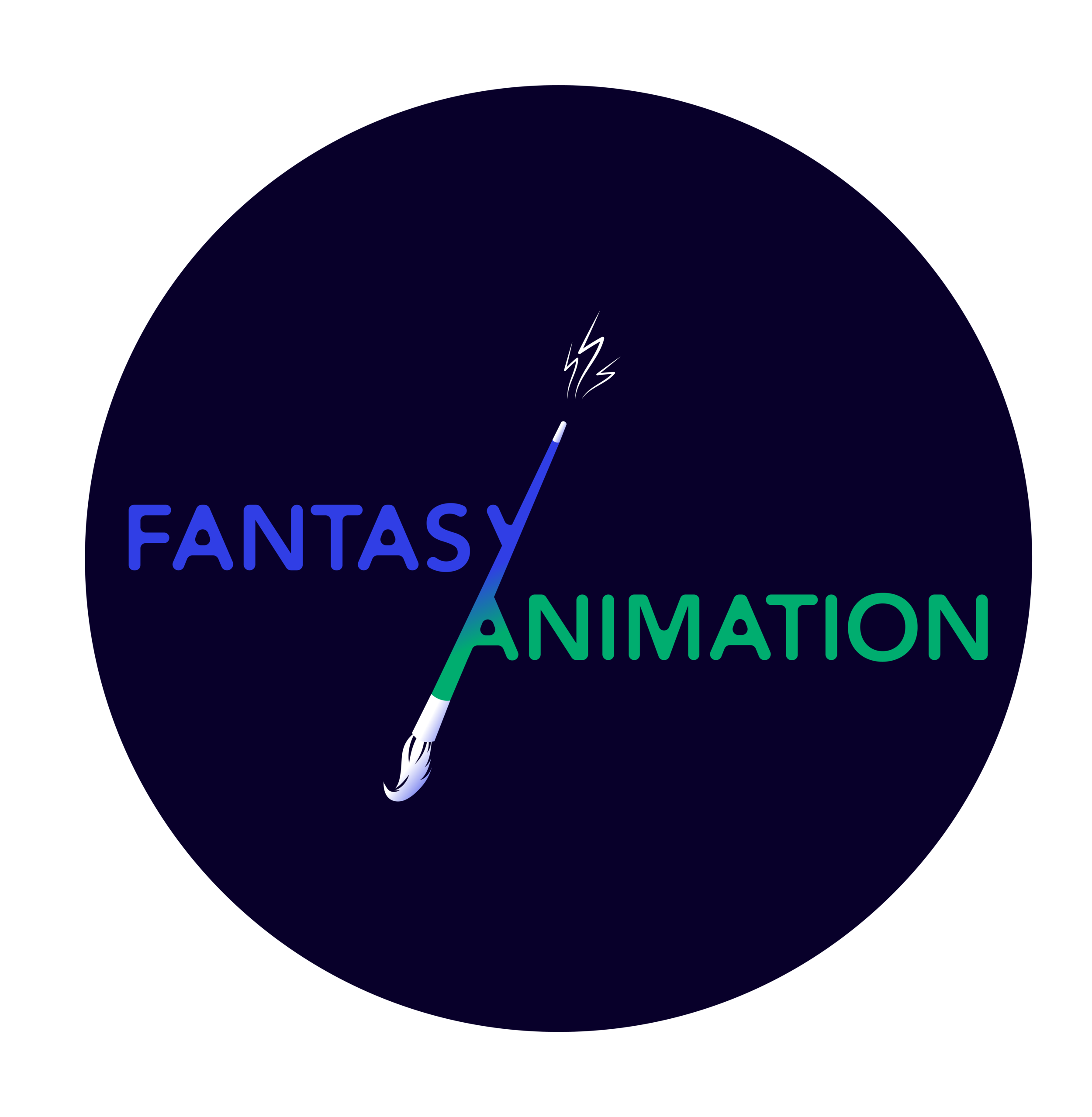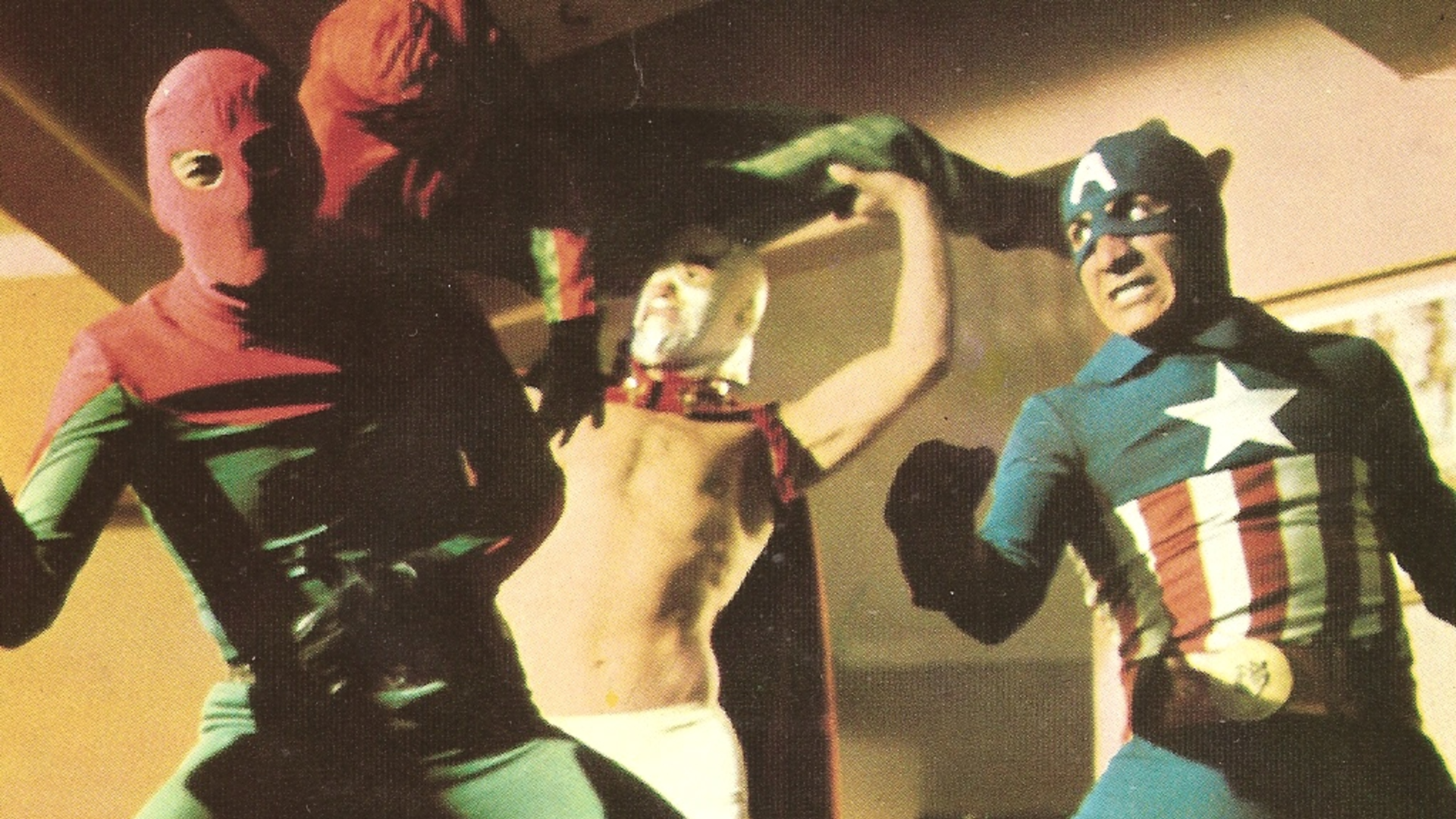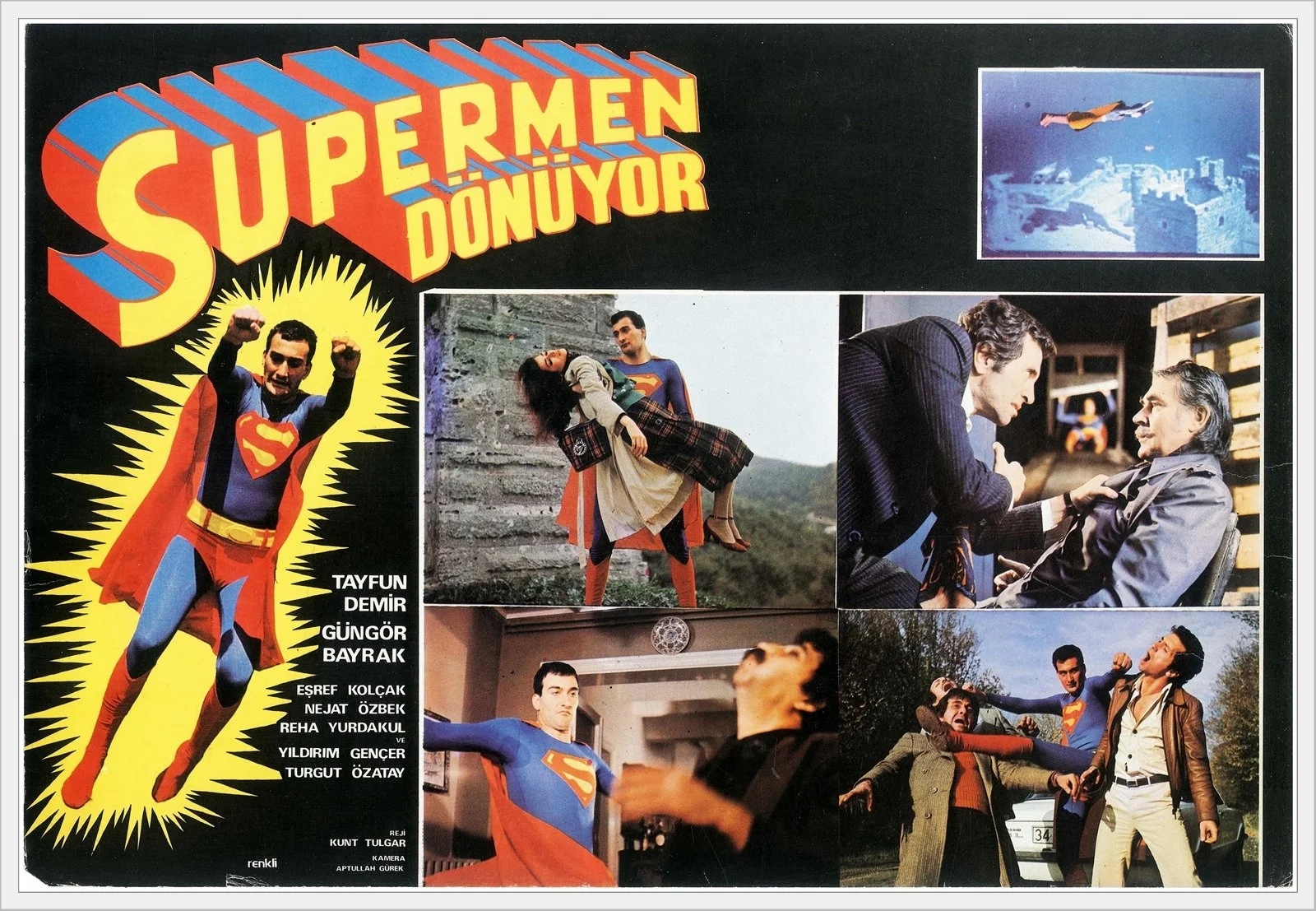The expression of emotion in the design of animated characters is not always a constant event or visible activity; rather, it is often presented in a subtle, complex, and multifaceted way. This is because the contribution of emotion to the formation of a character is closely connected with different backgrounds and contexts, which reflect the richness of human experience (Uhrig 2018).
Read MoreParasyte is a Japanese sci-fi/fantasy/horror manga created by Hitoshi Iwaaki, serialized from 1989 to 1994, and continuously adapted over the last decade into multiple films, animations, and television series. Its enduring popularity is evidenced by the recent Korean film adaptation, which emerged a decade after the last, Parasyte: The Grey. Most versions of Parasyte maintain the same core narrative, focusing on a high school student named Shinichi and an alien parasite named Migi that burrows into his right arm. They gradually form a trusting alliance to combat other parasytes that have taken over human brains. Through his interactions with Migi, Shinichi begins to ponder the justice of survival among non-human creatures.
Read MoreThe story began with discussions with colleagues about cultural competence content to train staff and students. I appreciated the unique insights I had on these perspectives, both as an outsider (experiences I had as a non-native) and as an insider (working as an academic in the UK for the past 17 years). Driven by a desire to address this issue, I began exploring the less overt forms of bias, i.e., microaggressions. While explicit biases are widely acknowledged for their impact, implicit biases are subtler and vary significantly based on individual backgrounds, education, and conditioning.
Read MoreNigerian-born artist and illustrator Shofela Coker’s student films Oni Ise Owo (2007) and Iwa (2009) narrate tales of redemption at the intersection of divine will and the exercise of human agency. Iwa is a remake of the earlier animation completed as a Motion Graphics final project when Coker was an art student at the Memphis College of Art. This post reads a critical scene in both films to explore artistic creative agency at the intersection of traditional African art production and the digital provenance of animation.
Read MoreFrom Shakespeare’s A Midsummer’s Night Dream to Disney’s Frozen (Jennifer Lee & Chris Buck, 2013), fantasy storytelling across multiple media has allowed authors to create grand tales of myths, magic, lore, love, and sacrifice. Since the codes and conventions of fantasy do not require the storyteller to be shackled to our world’s laws, sensitivities, cultures, or even physics, the fantastical worlds available to the genre blow us away by what can be possible if we just suspend possibilities, even for a while, so that dragons can fly in our midst and wizards can reveal to us our heroic destinies!
Read MoreIn the previous blog post, I introduced a couple of eccentric films that have since been celebrated as cult classics. Rumour has it that The Man Who Saves the World, mentioned in that post, has been selected as one of the ten worst films ever made and is taught at universities in the US as an example of how not to make a film.
Read MoreBelieve it or not, Yeşilçam, the studio system of Turkey, which became dominant from the 1960s to the 1980s, essentially introduced classical cinema to Turks. It drew its production systems from Hollywood—big producers familiarized themselves with the studio structure in Los Angeles and brought the same system back home—but localized the content to reflect the specific experiences of Turkish society.
Read MoreSince its inception, the animation industry has been a storytelling engine: telling all types of stories from all types of people. However, according to the USC Annenberg Inclusion Initiative, the animation industry still has a representation problem. Multidisciplinary artist, Uzo Ngwu, is trying to combat the lack of African representation in animation with her newly founded studio ZOMA Studios and their debut project Mmanwu.
Read MoreTo mark the life of distinguished film theorist and historian David Bordwell (1947-2024), and to add to the many tributes from across the disciplines of film and media studies, Chris and Alex have begun to collect some of Professor Bordwell’s writings that connect to fantasy and animation both in print and on his website davidbordwell.net and accompanying blog Observations on Film Art.
Read MoreAs a student, a long time ago, at the University of Warwick, I took a seat in the library one day, the photocopiers nearby chugging and churning away, and opened the new issue (May-June 1992) of Film Comment. As a lifelong devotee (I was only 19) of Steven Spielberg’s movies you can perhaps imagine my astonishment when I turned a page to find an essay entitled “The Panning of Steven Spielberg (Part One),” written by Henry Sheehan. To this day, Sheehan’s piece remains a touchstone in writing about Spielberg’s filmmaking. Limited to the space of a magazine page, Sheehan’s eventual two-part essay made such sense, and it was the first time that I’d really read something about Spielberg’s films that looked so consistently at the film style being deployed across his body of work.
Read MoreThe music video for Queen’s “Heaven for Everyone” from their then-final record Made in Heaven (1995) - and a song that originally appeared on Shove It (1991), an album by drummer Roger Taylor’s side project The Cross (and featuring Freddie Mercury as a guest vocalist) - includes somewhat surprisingly footage from Georges Méliès’ early ‘trick’ films A Trip to the Moon (1902) and The Impossible Voyage (1904).
Read MoreIn January 1939, the Metropolitan Museum of Art announced its acceptance of an animation cel set-up from Snow White and the Seven Dwarfs (David Hand, 1937) and “presented by the artist, Walt Disney” (Burroughs, 1939) (Fig. 1). The gift — an ink and gouache painting on transparent celluloid, laid over a hand-painted background — was duly hung with the museum’s other “recent accessions,” and immediately generated considerable coverage in the nation’s major newspapers, magazines, and wire services.
Read MoreIn this week’s blog, Fantasy/Animation sat down with Mikkel Mainz of SKJALD Animation studio, a full-pipeline creative house and animation studio located in Denmark, to discuss its experience working on successful web series and feature films, the interpretation of music through animated style, and SKJALD’s future animated projects.
Read MoreThis blog post examines the 2017 film Liyana, directed by Aaron and Amanda Kopp, which describes itself as a “genre-defying documentary” that weaves together both animation and live-action scenes to tell the story of five orphaned children in the Kingdom of Eswatini. Yet its reflexive framing narrative focuses on the children’s creation of their own fictional tale featuring the fearless Liyana, who as part of the film’s story-within-a-story structure embarks on a treacherous quest to save her younger brothers.
Read MoreWhat if you could Google search in your mind? What if you could have a much better memory? Be effortlessly good at arithmetic, or able to suddenly display a talent for drawing or composing music ? What if you could communicate your thoughts and feelings in rich detail directly to another specific human being without speaking? What if you could become much smarter? What would you do?
Read MoreHot on the heels of the return of CEO Bob Iger in November 2022 to replace Bob Chapek, the last 12-18 months have certainly seen some important milestones within the industrial, cultural, and technological history of the Walt Disney Company.
Read MoreThis blog post about Undone (Amazon Prime, 2019-2022) functions as a coping mechanism in light of Undone’s cancellation after two seasons, but also sets out to shed light on fragmented selves and multiverses, tropes that have been particularly prevalent in recent women-centric US TV.
Read MoreHayao Miyazaki’s The Boy and the Heron (2023) is a beautiful bewilderment. It is the auteur’s innermost introspection on what it means to live, or exactly, how we live. Miyazaki is no stranger to isekai (異世界) world-building with his idiosyncratic imagination. His films combine a sense of the real-world situation with irreal events. The Boy and the Heron is no exception. However, as many reviews have already noted, this film is not an easy ride.
Read MoreScreen adaptations of the story about the boy who never grew up are plentiful, and there’s certainly a pleasure in plotting the variations and distinctions of each version. Contrary to the idea that a sequel, another retelling, or another iteration, suggests creative bankruptcy might it instead suggest new things of interest to find in each successive contribution to a particular franchise or filmography.
Read MoreThe Disney Renaissance is one of those curious constructs that circulates among the Walt Disney Company and its fan communities, entering academic studies of Disney animation largely unchallenged. What, exactly, was the Disney Renaissance? One of the many pleasures and privileges of being an animation scholar is not only to think about Disney, but to think about how we think about Disney. And unsurprisingly, a lot of the critical discourse on Disney is shaped by Disney itself.
Read More



















